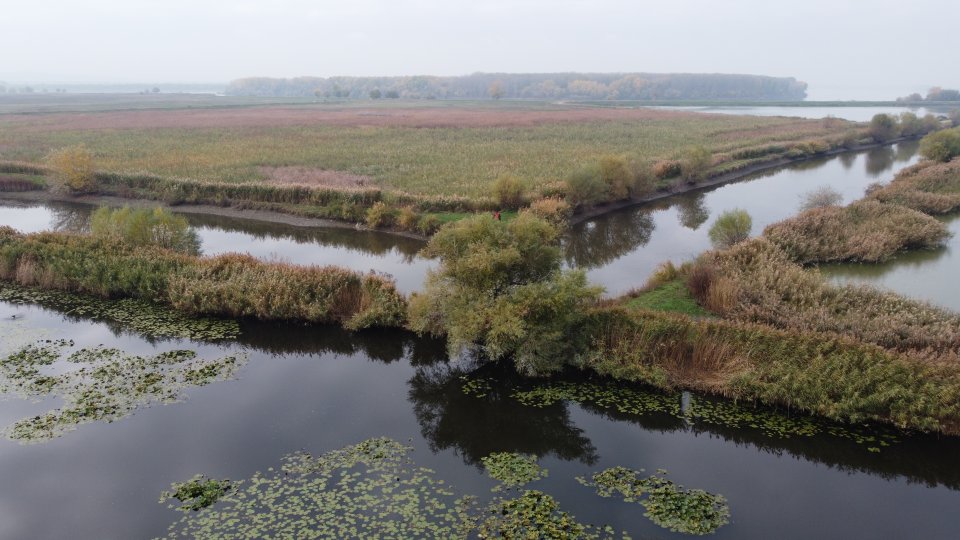
More than 1000km of the Danube River flows through Romania, and approximately 400000ha agricultural land are situated along the river. The floodplain at Gârla Mare that is to be reconnected and restored is around 400ha in size and located in a rural area. The area is important during wintering for Phalacrocorax pygmeus, Aythya nyroca and Aythya ferina, during migration period is important for Ph. pygmeus and Ph. carbo. The Gruia-Gârla Mare area hosts 19 birds species protected under The Birds Directive, 89 birds species protected under The Bonn Convention and 6 globally endangered birds species.
Former wetlands adjacent to the river are being reconnected to demonstrate the benefits of re-wetting /reconnection to the natural flood pulse of the Danube River in order to enhance the benefits provided to nature and local communities.
This case study is one of 17 that are part of the EU Horizon2020 project MERLIN - Mainstreaming Ecological Restoration of freshwater-related ecosystems in a Landscape context: INnovation, upscaling and transformation.
- enhances lateral connectivity
- enhanced ecosystem functioning of the floodplain (flood risk mitigation)
- demonstrate the benefits of restored ecosystems to local communities
- Developing climate change adaptation; improving risk management and resilience
- Flood peak reduction
- Reduce flood risk
- Restoring ecosystems and their functions
- Improve connectivity and functionality of green and blue infrastructures
- Increase achievements of biodiversity targets
- Improve water quality
- Increase awareness of NBS solution & their effectiveness and co benefits
- Increase stakeholder awareness & knowledge about NBS
Further information
- 12. Responsible Consumption and Production
- 15. Life On Land
